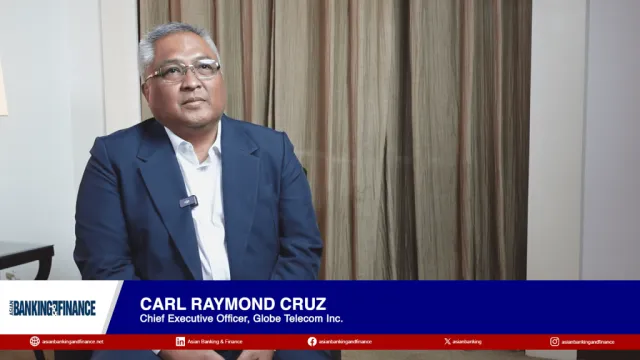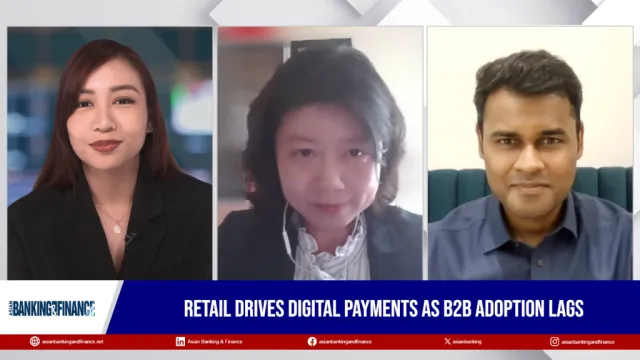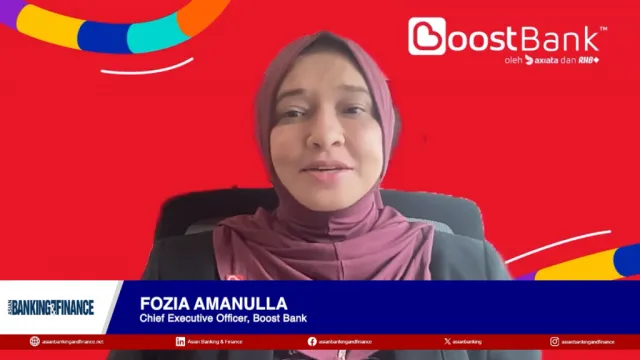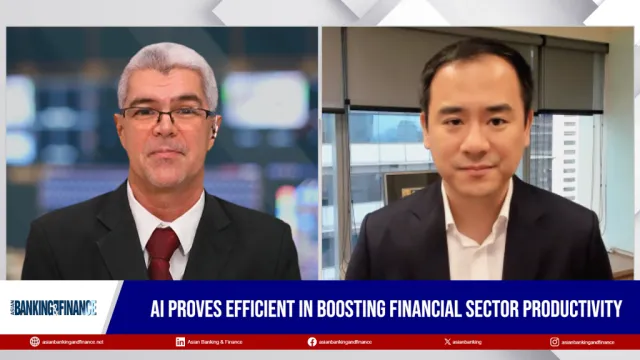
The new brand of personalisation that’s shaping Citi’s digital banking journey
Customers want options, but curate it–don’t just offer it, says Citibank’s Nilesh Kumar.
The word personalisation gets thrown around a lot when it comes to digital banking. With 80% of their customers logging into their applications monthly, Citibank knows only too well about these expectations: a customer experience-centered banking journey, right at their fingertips.
But walking the tightrope between personalisation and creating a seamless banking experience is no easy feat, and banks run the risk of "over-personalising" their offerings to the point that the service takes a full 180 turn and appears impersonal.
“Just because you have a service, don't just offer it all to them, curate it,” Nilesh Kumar, digital channels and experience head of Citibank Singapore, told Asian Banking & Finance. “The customer wants to see all the options upfront. They don't want banks or any institution to make decisions for them and show them only one option. "Give me the choices and I will make the decision" is what the customer's preferences are now.”
This is different from the past, when banking interaction consisted of customers focused on completing one specific task.
“They’ll come with a very specific task and complete it, that’s what the banking interaction was. Now it’s changed. I would say that expectations have increased,” Kumar recalls.
Now, it’s all about having options. But curating the right set of options to offer the customer is not as simple as it sounds–especially with financial institutions still attuned to old ways of thinking.
Focus on the Individual
One notable pitfall that banks and financial service providers often fall into, Kumar said, is treating customers as part of a larger segment–whether they are a particular demographic, a particular risk profile, or a particular customer belonging to a bucket based on your assets under management or AUM.
Kumar said that this no longer works because customers nowadays have distinct behaviors. For example, he notes two investors of similar demographics, with similar AUMs and risk profiles.
“If we talk about our earlier banking, then we would just send them a similar offer. But if you look at them as an individual, especially in a market up or down situation, they will behave differently. One’s outlook to money can be different from their neighbor's,” Kumar said, adding that one may engage in panic selling while the other may choose to top up on stocks during a market downturn, for example.
This is why data analysis is now central to Citi’s operations. Citi sends their customers outlooks based on where the market may be going in the future, which in turn is based on data from the bank’s own analysts as well as industry analysis available.
“With this, the customer can make an informed decision: should they top it up, or sell it out and maybe enter again. So having that data for the customer, giving them the right information and sending it using the right channel–that's what personalization means. You're treated as an individual and not a bucket of customers.,” Kumar said.
Apart from personalisation, speed is another factor that customers seek in their digital banking experience.
Speed, according to Kumar, is not just about how fast your web page or app is loading, but rather operational efficiency. This refers to ease of access to contextual information and channel performance.
As an example, Kumar notes of a scenario in which a relationship needs to have a pertinent document signed by a customer. “Earlier, if you wanted to get a document signed, either an RM would book time with the customer, or give the customer a schedule to come to the branch. Now we have virtual banking. An RM can simply initiate a video call with the customer, share the screen, share the document, and then walk through all the discussions and advice the customer needs. Once all those things are done, the document can be sent digitally and customers can simply use their mobile app to authorize and digitally sign it.”
Constant Self-Improvement
In order to further transform their customer experience journeys, Citi has further implemented services that allow them to gauge the effectiveness of both current and soon-to-be added features, not just from customers but also from their staff.
Kumar shared a special feature in their staff’s mobile app called “tell us.” The feature enables staff to share any glitches they may have experienced in the app. It also lets them share any new ideas they may have gotten or come across whilst helping customers.
“That becomes a database for us to say, okay, these are the things that I can do, or the next iteration of experience improvement can be done so we can become empathetic to customers,” Kumar said.
Citi also constantly retrieves journeys via data labs, he added. They do this by conducting “test and learn” sessions with both their staff and their customers. “We get them into a session and ask them to test and learn existing journeys. We give them specific tasks like add this, do a transfer. Once a task is given, we'll observe their behavior. We will document their experience and all this will give us an idea of what can be done better for improving the customer experience,” Kumar shared.
Agility and Empathy
More than anything, it’s the mindset of being open to innovation that empowers banks, amongst them Citi, to excel even at the face of rapid changes.
Asked on his thoughts about the debut of digital banks in Singapore and across APAC, and whether he considers them a threat, Kumar’s response was a resounding “no.”
“They are actually welcome because they will foster the pace of innovation,” he said.
As for what customers can look forward to seeing from Citi in the future? Expect more refined customer experience centered on empathy, Kumar said.
They will also continue to work on hyper-personalisation. Kumar cites money transfer as an example.
Citi would use past client data–such as when they usually make the transfer, as well as what denominations of currency they deal with–and inform customers at points when the prices of exchange will be most favorable to them.
“If the prices are better on the fifth of this month, we can send a polite message to the customer to say okay, the rates are best at this point, why don't you utilize this opportunity and keep it ready for when you want to transfer in the future. So, if I quote it as a bank service, rather than focusing on just customer satisfaction, we are working on long term customer delight,” Kumar explained.

 Advertise
Advertise



